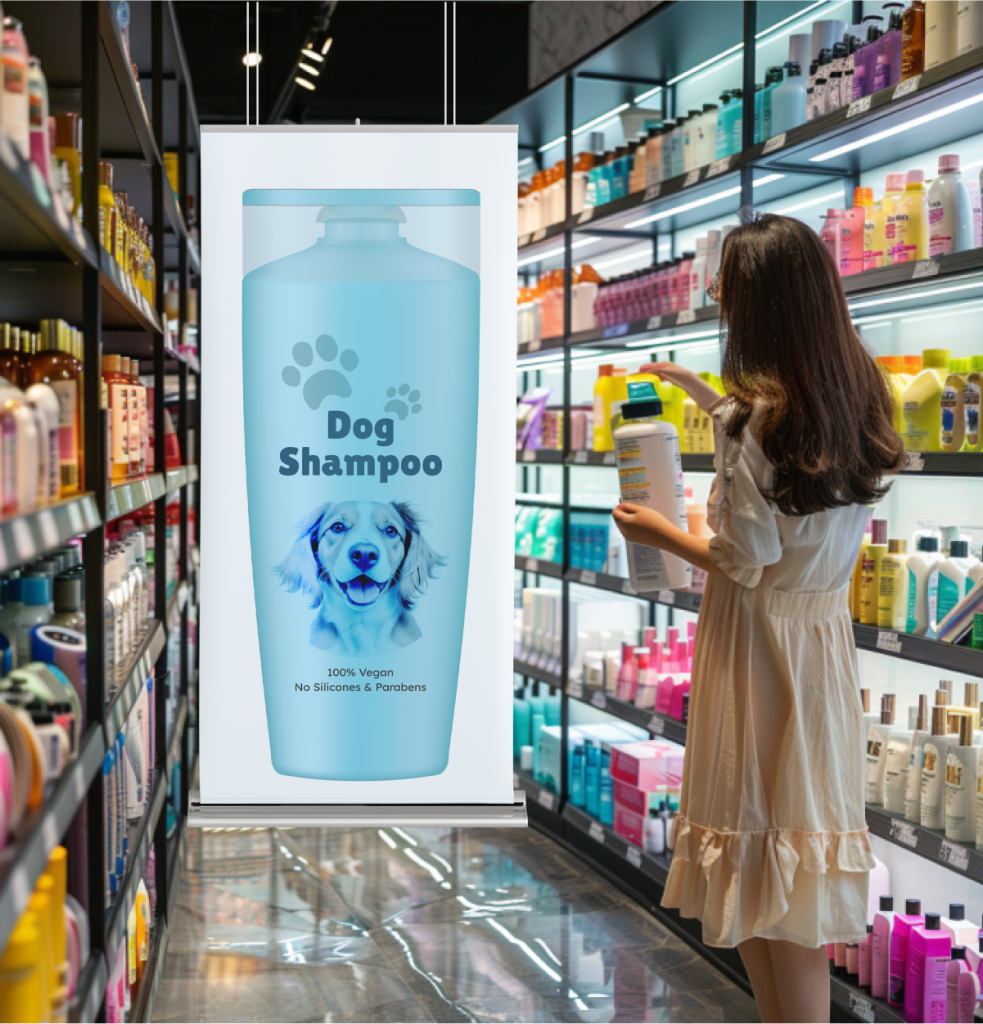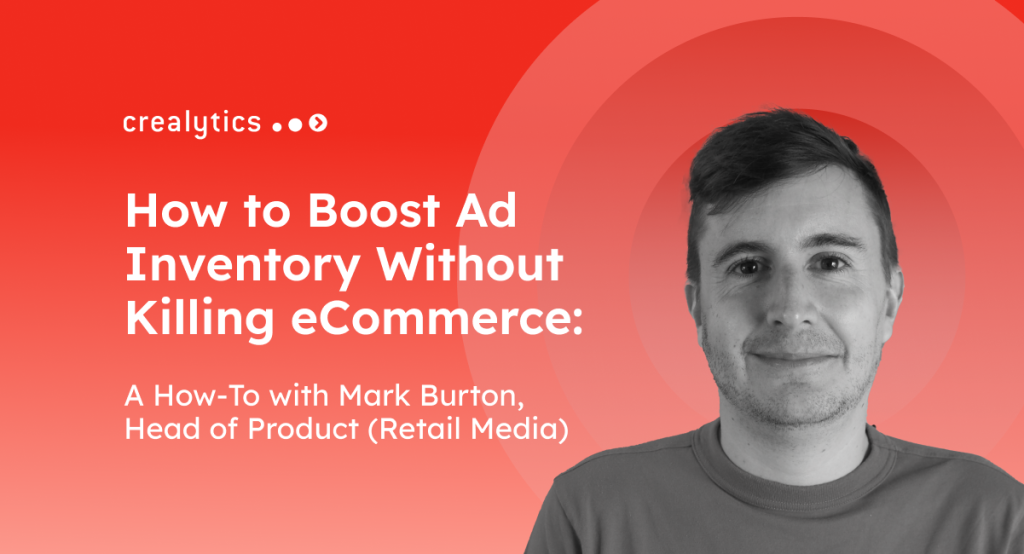From online travel agencies to payment platforms, everyone is getting into retail media these days.
Expedia has just launched a retail media business, promising at a travel industry conference in Las Vegas to build “the world’s leading travel media network.”
United Airlines is running a “real-time, adtech-enabled traveler media network where brands have already started connecting to premium audiences at an unmatched scale”.
And they aren’t the only ones who have found opportunities to bring advertisers and brands together to create personal, profitable connections with consumers.
Earlier this spring, Chase launched a new digital media business, providing brands with the ability to connect directly with the financial institution’s 80 million customers. Paypal recently brought in Mark Grether to drive the creation of a new advertising platform.
Last but not least, Costco is building out an ad network built on its trove of loyalty membership data, using its 74.5 million household members’ shopping habits and past purchases to power targeted advertising on and off its website.
With so many new players on the scene, what are the most common onsite monetization blindspots for RMNs? What do most newbie Retail Media Networks tend to miss when launching and scaling up?
We sat down with Mark Burton, Head of Product, Retail Media to get his perspective.
At Crealytics, Mark leads product strategy and development for our Retail Media SSP. Across 10+ years in product, data and consulting, he has helped design and develop retail media networks and solutions for retailers across the globe.
Crealytics: Let’s get right into it. What do most new retail media networks miss about developing their onsite retail media program?

Onsite retail media has been a real success story in recent years. Many retailers are already making a majority of their retail media revenue onsite, and there are strong tech and service solutions already established in the market.
But we also hear of significant challenges and blockers, and my sense is that the potential of onsite is actually much higher than most retailers see today.
For me the main problem boils down to this: retailers don’t have enough control over what ads are showing up and where.
The biggest blindspot tends to be sponsored product relevancy. Very often we see irrelevant products show up in the most premium spaces online, in ways that they never would in a physical store.
Crealytics: Can you give us an example?







Ok, so you’re in the shampoo aisle of a store and choosing between L’Oreal and Garnier. Now imagine that in the middle of aisle, right at eye-level and taking up the best space, was a big, flashy dog shampoo display.

This would be is a weird in-store experience for your customers. Not to mention, your commercial team would be apoplectic.
But this is a real example I’ve come across online – dog shampoo sponsored in the first two results of a regular shampoo search. I’m sure that most retailers could easily name 10 examples of their own similar sponsored products relevancy fails.
The most obviously mismatched sponsored products stand out, but we should also remember that even mild irrelevance has a disproportionate impact on the shopper experience (and advertiser ROAS).
For example, if red lipstick ads pop up when the customer is looking for black lipstick. Or blue sneakers when they’re looking for white sneakers.
If your sponsored product is not absolutely in-line with what your customer is looking for at that moment, it’s very unlikely to get clicked or to drive ad revenue.
Crealytics: Sounds like sponsored products are underperforming for many RMNS. How did we get to this situation?







Agreed. I’d say there are three factors perpetuating this underperformance:
Siloed tech: Retailers invest huge amounts of effort on their search and browse experience, and this means that they have a vast depth of data to make decisions about what products to show each customer. But sponsored product technology tends to work based on bid–plus some fairly basic search or category targeting. This means that the ads that show up can be very disconnected from organic ranking factors.
Limited inventory: Because sponsored products tend to underperform in comparison with organic products, retailers are generally reluctant to open up more slots for advertising. Most assign a small number of fixed slots to each page.
Skewed demand: Because inventory is limited and bid is a big factor in who wins the auction, on many platforms we see advertising skew towards the biggest brands with the deepest pockets.
Crealytics: Why has this become the status quo? Why aren’t more RMNs focused on optimizing the sponsored product opportunity?







Good question! Partly it’s a tech development problem – most onsite monetization tech vendors have developed a siloed ad ranking system which works really well in eg. Programmatic display, but does not link in seamlessly with the organic decisioning.
Onsite Retail Media is unique in that sense— the customer experience truly needs to be front and center for both ads and organic to perform well. Very few solutions are purpose-built to help RMNs meet both their eCommerce and site monetization goals.
We also shouldn’t forget that retailer teams are often siloed, so having separated ad and organic experience teams historically could have made sense for retailers, if not for their customers.
Finally, there’s this concept of hidden loss. Retail Media is still relatively new, and RMNs are more likely to be pleased about the $5M of revenue they earned from Sponsored Products, even if they should have made $15M.
Crealytics: So, what is the solution?







In theory, it’s simple. When you can ensure that sponsored products are as relevant as organic products, all your ads will perform better because customers will engage with them more.
Your brands will see higher CTR, impressions and ROAS.
The challenge is that current incumbent onsite monetization solutions are not built to laser-target sponsored products as accurately as organic products, and this leads to significant hidden losses for retail media networks. I think most retailers are aware of the onsite relevancy problem, but don’t always realize the scale of the missed opportunity.
The good news is that our Retail Media SSP, solves for precisely this problem.
We help our retail partners solve the relevancy problem by making ads from their existing demand sources as relevant as their organic products, and giving them true control over the ads on their sites.
With new retailers we typically run A/B tests with our Retail Media SSP optimizing demand and inventory vs their existing setup.
The demand, ops and campaign side itself is unchanged – retailers still get the same ad recommendations and response from their partner or in-house system. Our Retail Media SSP optimizes the ad inventory and makes real-time decisions about the best ads to show for retail media and organic performance.
The results speak for themselves – on average in A/B test, our Retail Media SSP delivers increases ad revenue by 4X and improves KPIs across the board. And it’s possible to get a proof-of-concept up and running in just a few weeks.


Optimizing performance in this way unlocks the true onsite potential.
Improved ad relevancy helps resolve internal tensions with commercial and customer experience teams.
We often see that this allows RMNs to open up more inventory, while improving ad performance. That makes your onsite media more attractive and accessible to a wider range of brands, meaning more demand coming to the retailer.
More relevancy and performance. More inventory. More demand.
The end result is a flywheel for onsite retail media growth.


Crealytics: Anything else you want to share about how our Retail Media SSP can support RMNs looking to optimize their onsite monetization?







Sure, here are a few ways we can help RMNs significantly improve their previous results:
- Outperform Last Quarter’s Ad Revenue by 4X: Increase sponsored product ad revenue, while keeping existing demand partners in place.
- Crank up Organic Click-Through Rates (CTR) by 50%: Consistently deliver sponsored product and display CTRs on par with organic search results, ensuring maximum visibility and engagement for your advertisers.
- Optimize Sponsored Products Relevancy: Rank sponsored products and display placements dynamically, in real-time and powered by AI for the right shopper at the right time.
- Show 30% Incremental ROAS Impact to Advertisers: Demonstrate the true impact of advertising spend to brands with built-in incrementality measurement.






